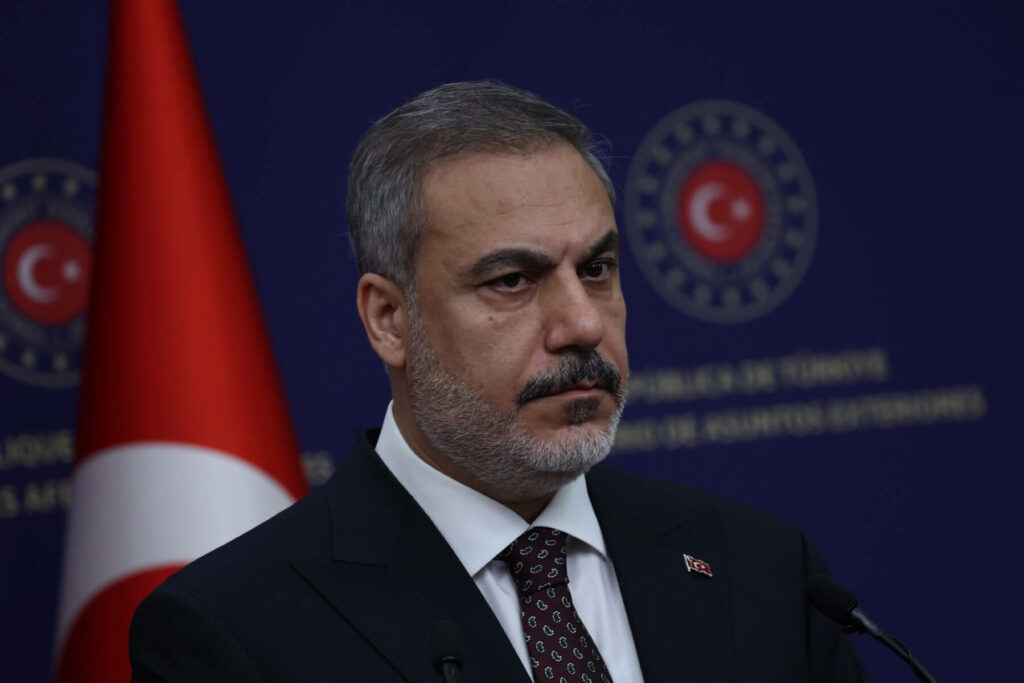Turkish Foreign Minister Hakan Fidan is scheduled to pay a visit to Ukraine on Aug. 25 amid US-led efforts to explore an alternative route for exporting Ukrainian grain via the Black Sea as fears of armed escalation rise, Al Monitor reported, citing media reports.
Fidan is due to visit Iraq Aug. 23-24.
The Middle East Eye was first to report that Fidan would travel to Kyiv, his first trip to the Ukrainian capital as foreign minister, to discuss the proposed arrangements. Unnamed Turkish officials speaking to the London-based outlet voiced worries that Ukraine’s push for alternative routes could “escalate the situation in the Black Sea and spill the war into the territories of NATO countries.”
On Aug. 13, a Russian warship fired warning shots and boarded a foreign-flagged Turkish cargo ship en route to Ukrainian ports via the Black Sea after its crew allegedly failed to heed Russian demands for inspection.
The Kremlin scrapped an existing deal last month, saying Western powers had failed to respect pledges to facilitate the exportation of Russian ammonium and insurance for Russian ships carrying grain to foreign markets as well as payment for them in hard currency. It has since been attacking Ukraine’s Black Sea ports, notably Odessa, with missiles and drones.
Turkey’s President Recep Tayyip Erdoğan has been lobbying his Russian counterpart Vladimir Putin to return to the Black Sea grain corridor deals brokered separately between the United Nations and Russia and the UN and Kyiv with Turkish facilitation.
Erdoğan wants Putin to come to Ankara to announce the return, but the Russian strongman refuses to agree to a date, suggesting that his terms have not been met and also that he lacks the confidence to leave the country following the short-lived Wagner mutiny.
The Wall Street Journal reported on Monday that a US-backed plan foresees exporting 4 million tons of Ukrainian grain via the Danube River by October and on to Romania’s Black Sea port for onward shipment. However, the proposed scheme would slow down shipments and add costs that in turn would be reflected in world food prices.

